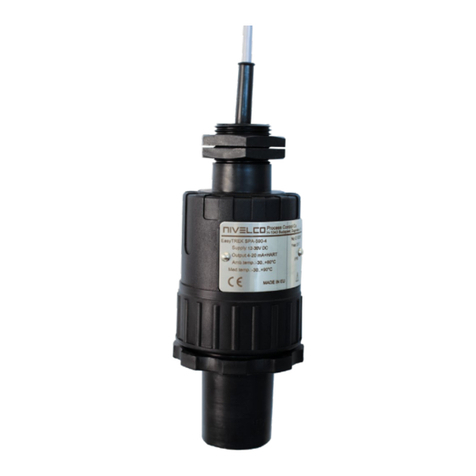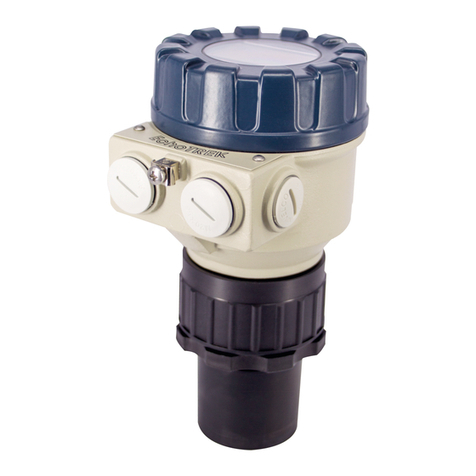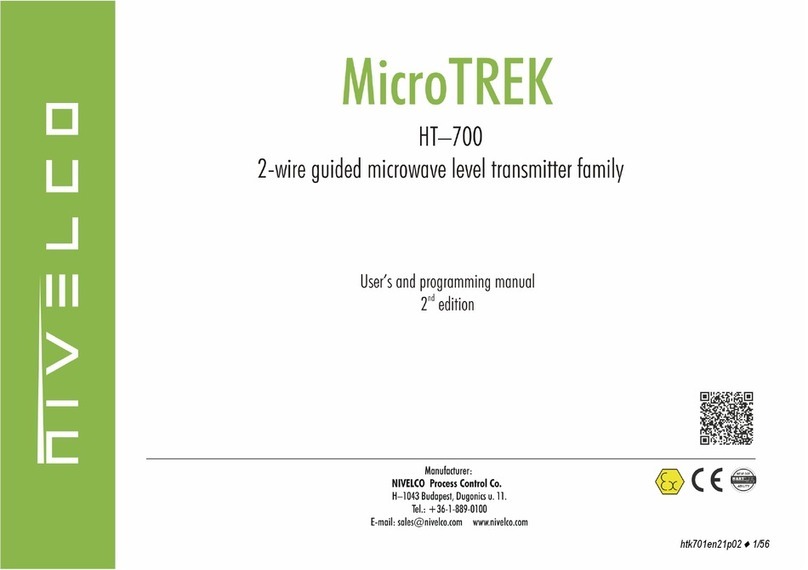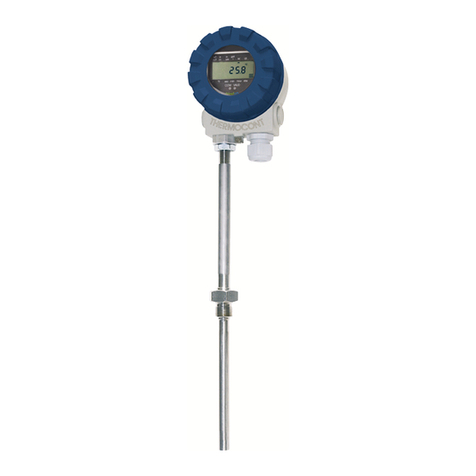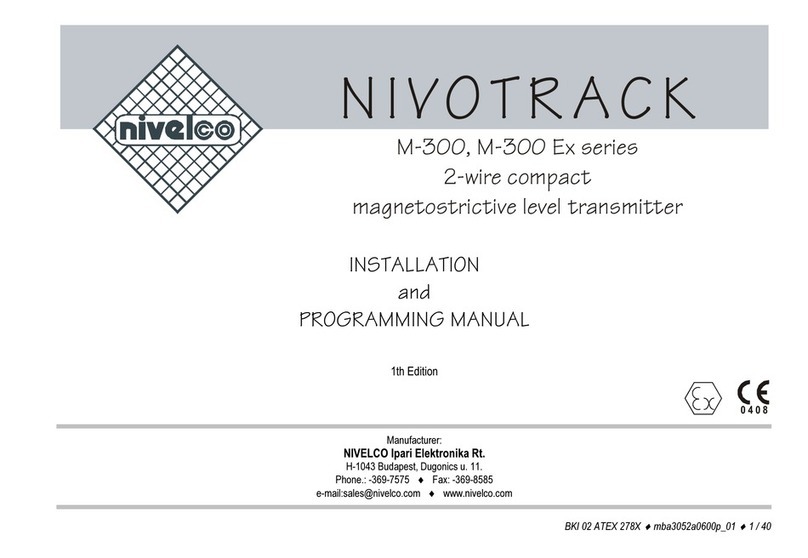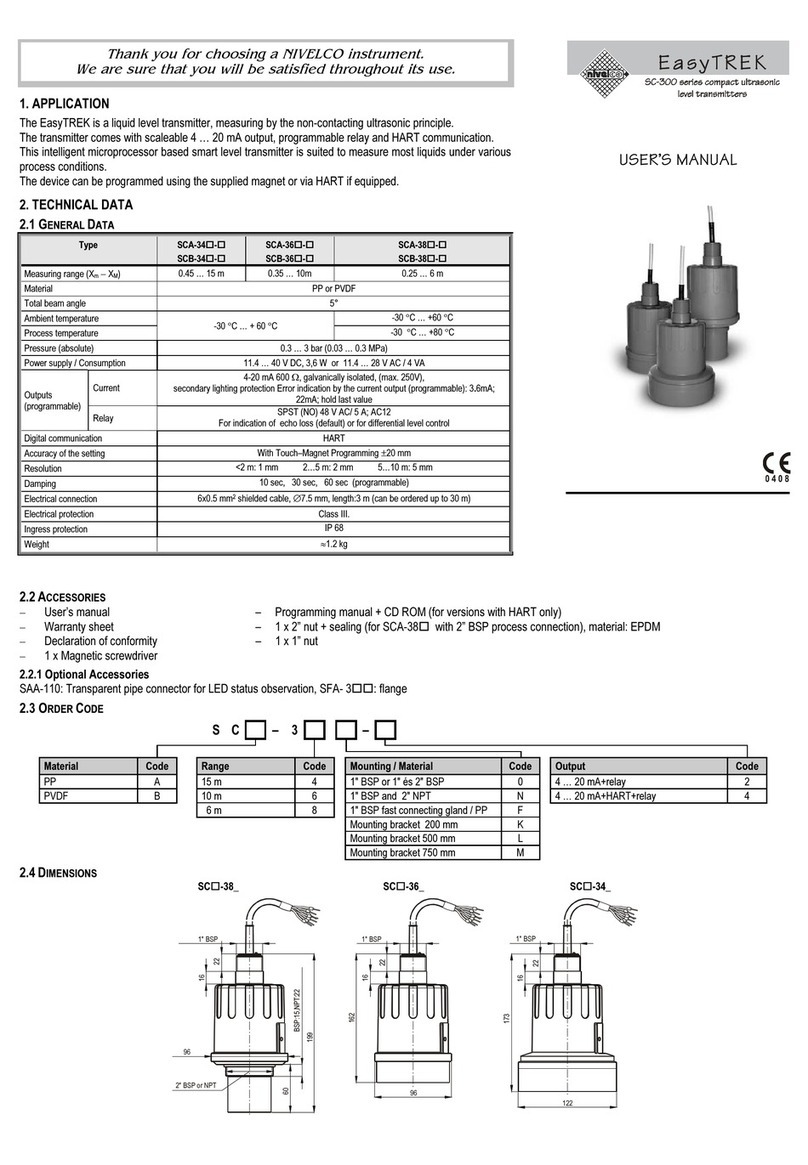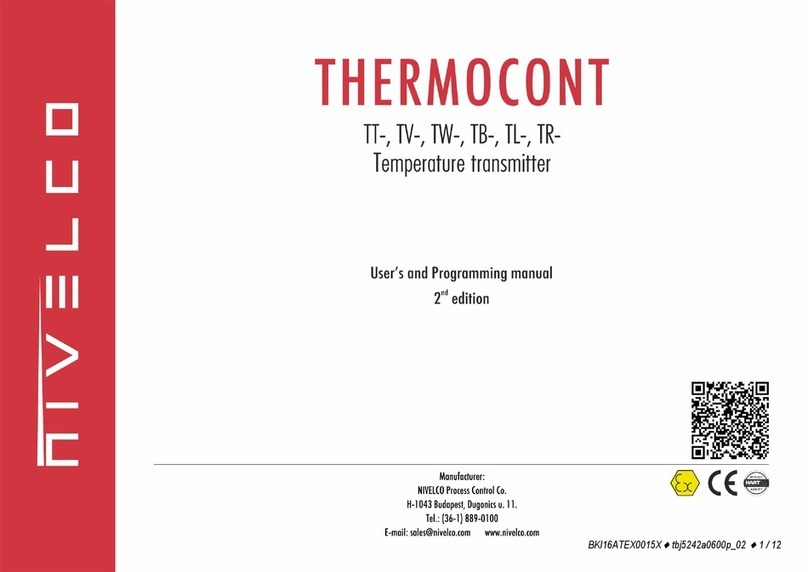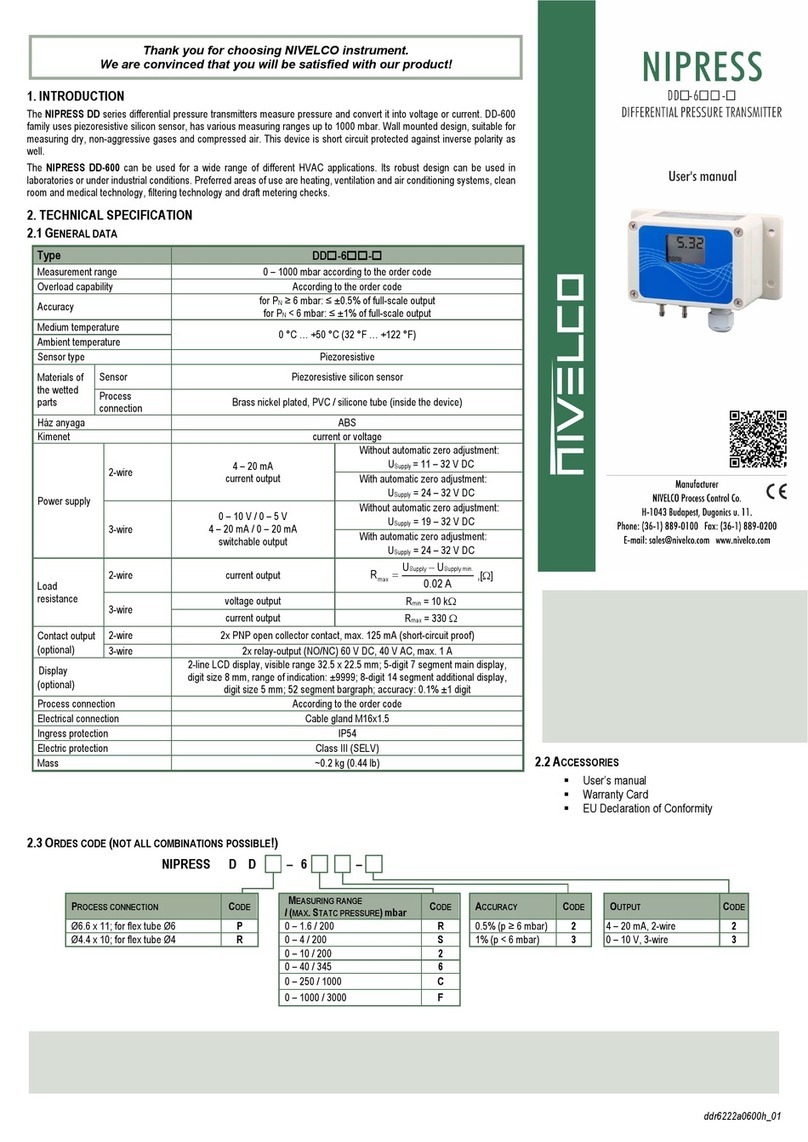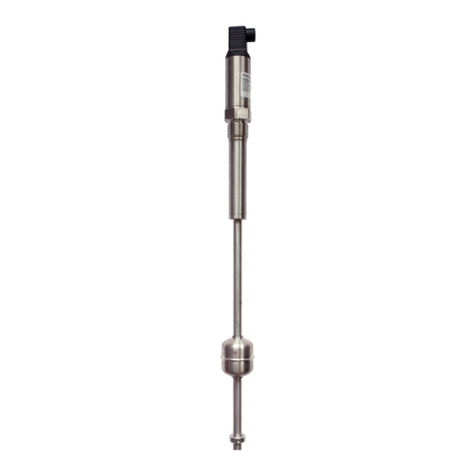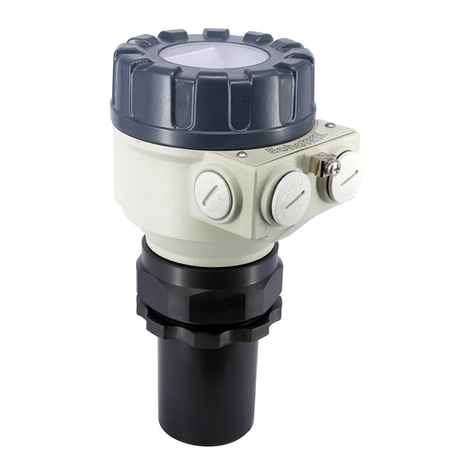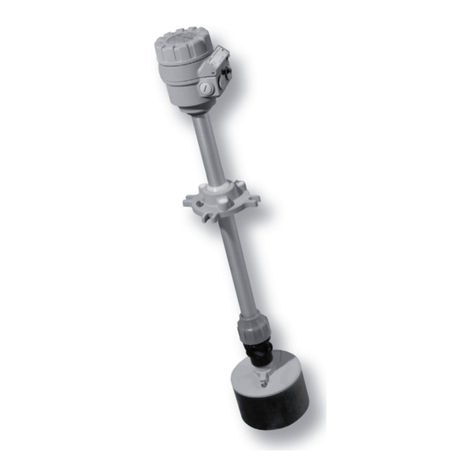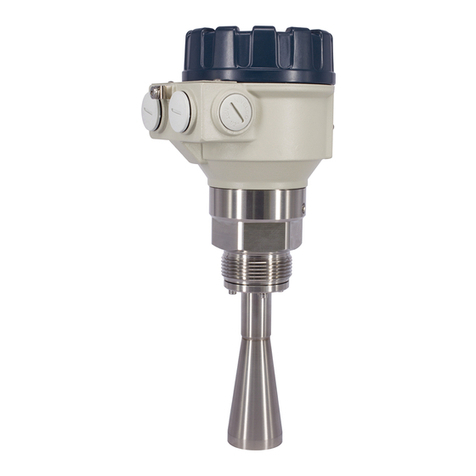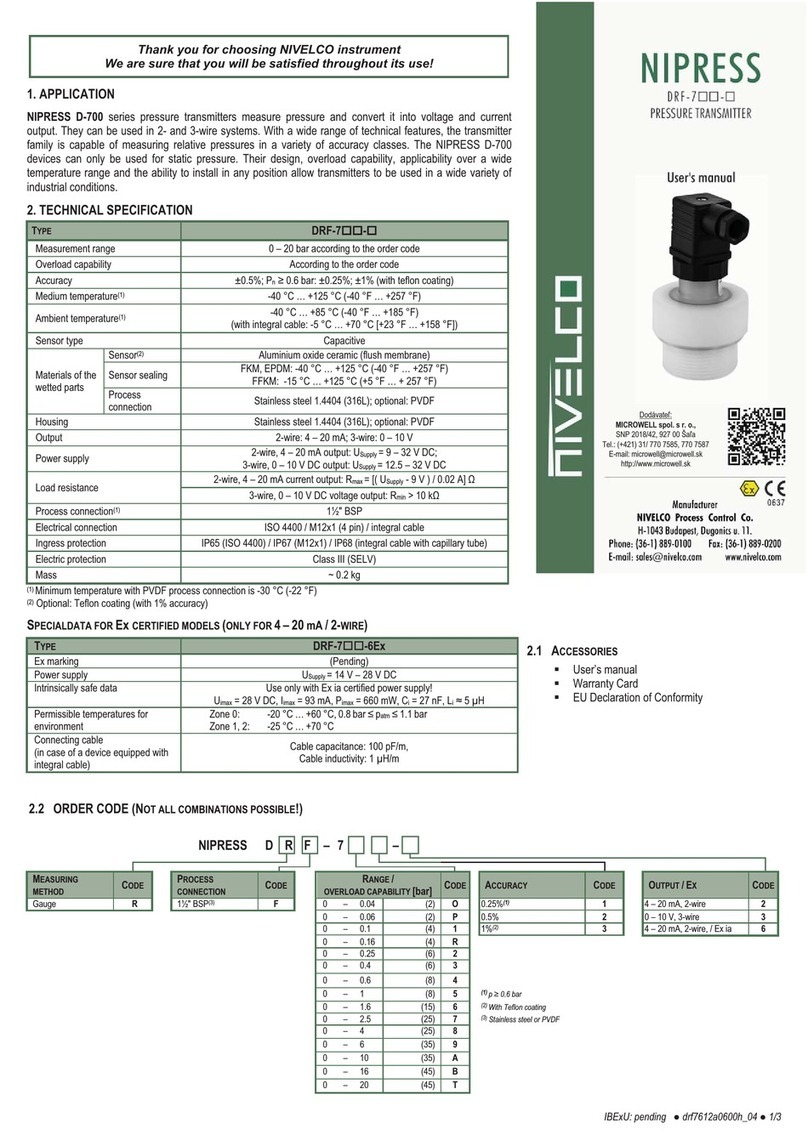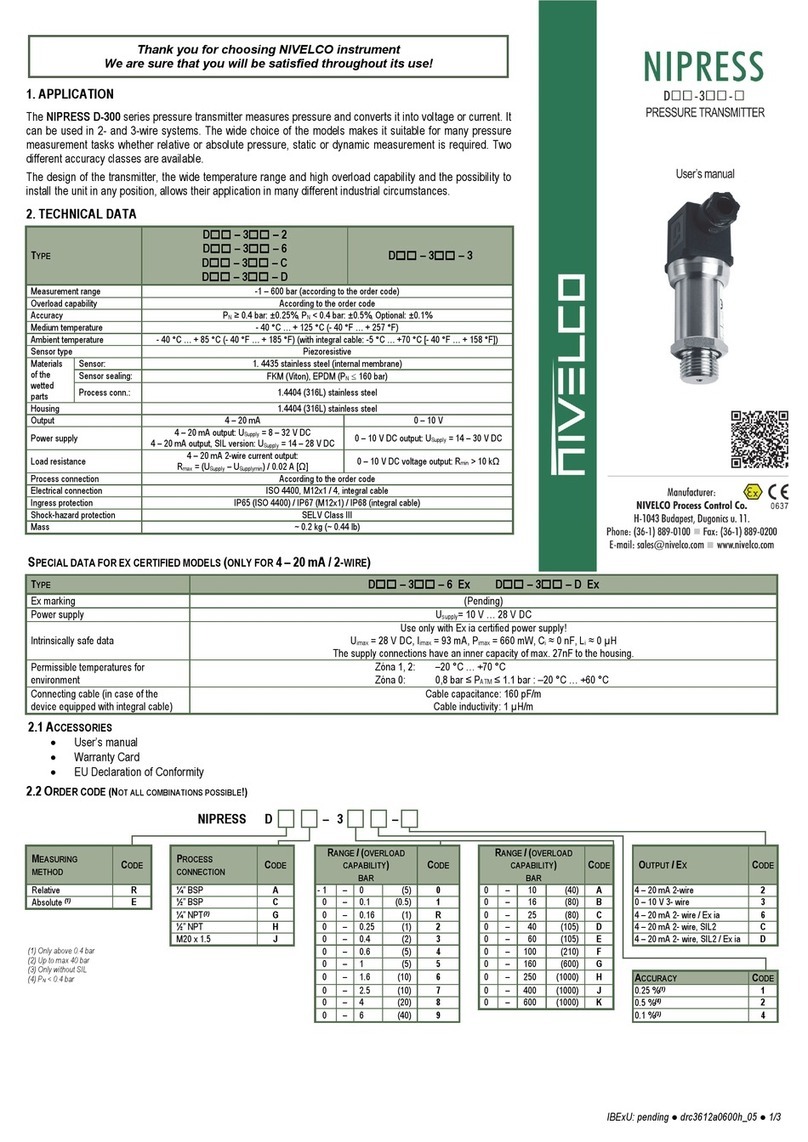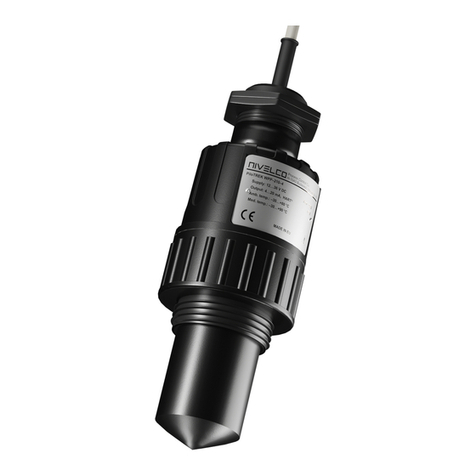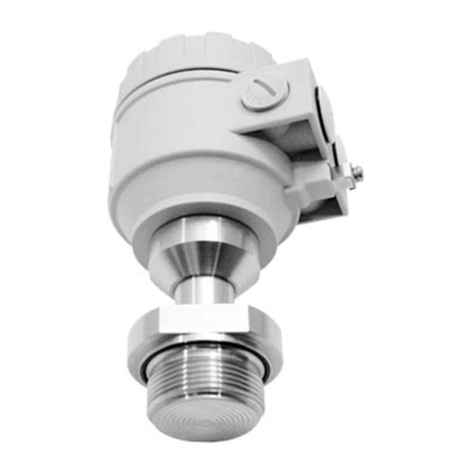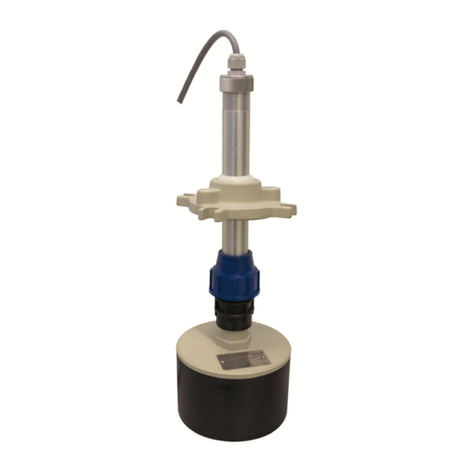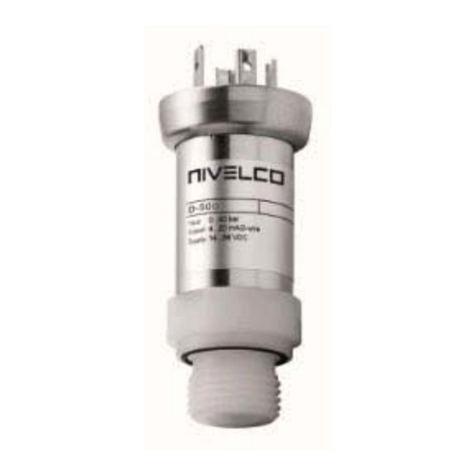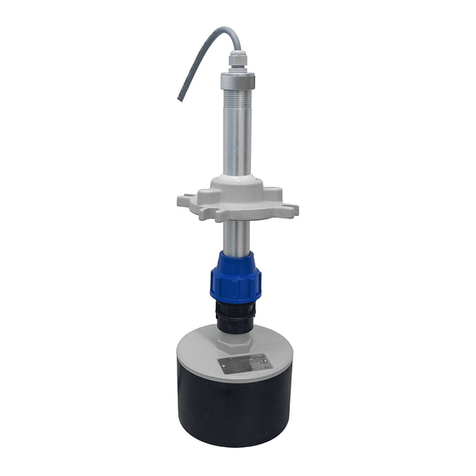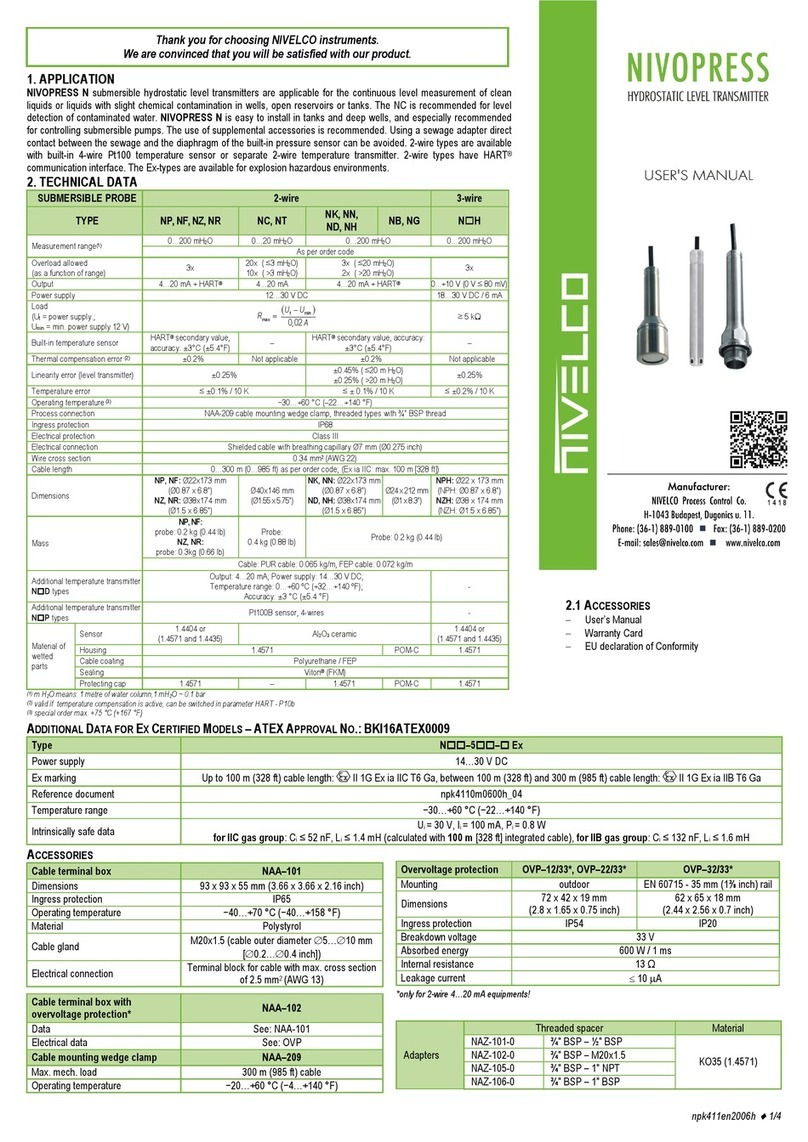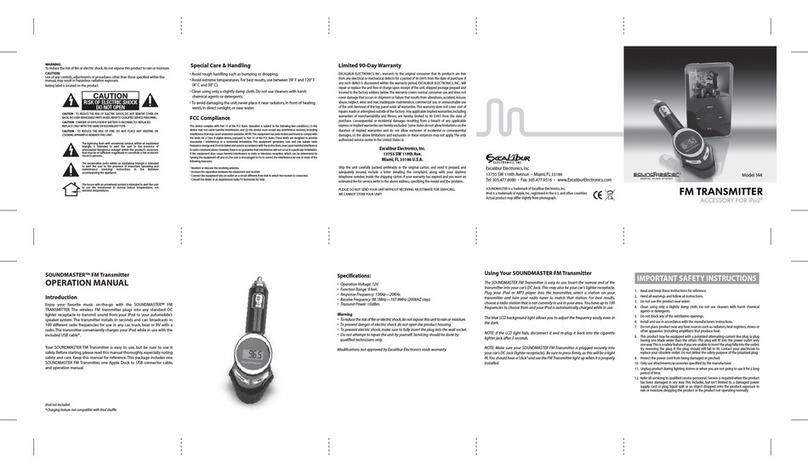
2/36
BKI16ATEX0010X
cbr2052a0600p_05
CONTENTS
1. INTRODUCTION ........................................................................................ 4
2. ORDER CODE (NOT ALL COMBINATIONS POSSIBLE!) ..................................... 5
2.1. ACCESSORIES ....................................................................................... 6
3. TECHNICAL DATA .................................................................................... 7
3.1. SPECIAL DATA FOR EX CERTIFIED MODELS............................................... 8
3.2. SPECIAL CONDITIONS FOR SAFE USE ....................................................... 8
3.3. SAP–202 DISPLAY MODULE .................................................................. 8
3.4. DIMENSIONS.......................................................................................... 9
3.5. ACCESSORIES ..................................................................................... 10
3.6. MAINTENANCE AND REPAIR .................................................................. 10
4. INSTALLATION........................................................................................ 11
4.1. MOUNTING AND WIRING ........................................................................ 11
4.2. CHECKING OF THE LOOP CURRENT ........................................................ 12
5. PROGRAMMING...................................................................................... 13
5.1. PROGRAMMING WITHOUT DISPLAY MODULE............................................ 14
5.2. PROGRAMMING WITH THE SAP–202 DISPLAY MODULE ........................... 17
5.2.1 Volume programming...............................................................................17
5.2.2 SAP–202 display module.........................................................................18
5.2.3 Steps of the programming........................................................................18
5.2.4 Indications of the SAP–202 Programming Module and the LEDs...........20
5.2.5 QUICKSET...............................................................................................21
5.2.6 Full parameter programming.................................................................... 23
6. PARAMETERS –DEFINITIONS AND PROGRAMMING.........................24
6.1. MEASUREMENT CONFIGURATION ...........................................................24
6.2. CURRENT OUTPUT................................................................................27
6.3. MEASUREMENT OPTIMALISATION...........................................................28
6.4. VOLUME MEASUREMENT .......................................................................28
6.5. 32-POINT LINEARISATION .....................................................................29
6.6. SERVICE PARAMETERS (READ ONLY) .....................................................31
6.7. TEST PARAMETERS ..............................................................................31
6.8. SIMULATION ........................................................................................32
6.9. ACCESS LOCK .....................................................................................32
7. ERROR CODES........................................................................................33
8. SUMMARY OF THE PARAMETERS........................................................35
